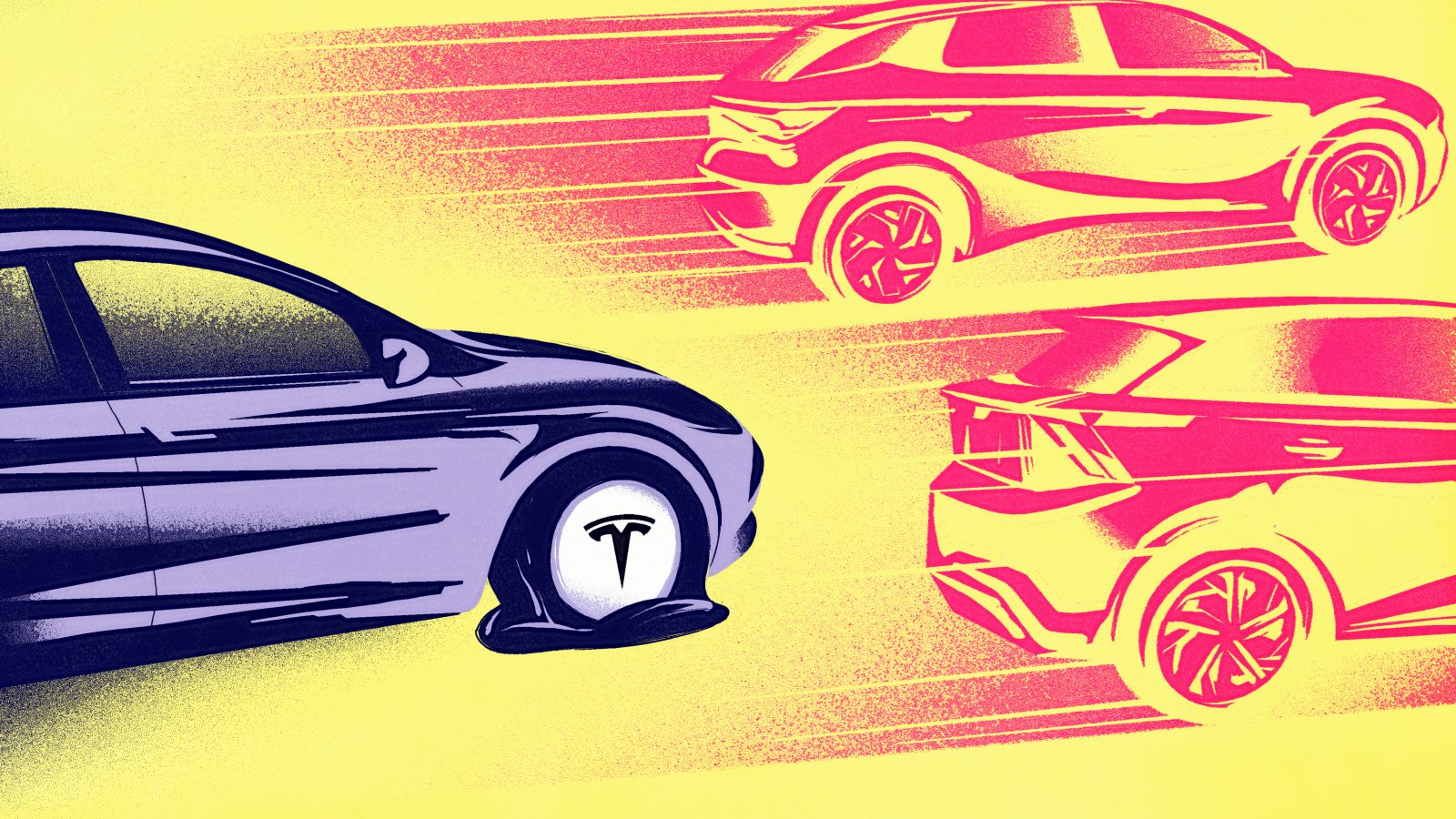
The Shifting Sands of the Electric Vehicle Landscape: Tesla’s Challenges in a Competitive Market
The electric vehicle (EV) revolution is far from over, but the landscape is rapidly changing. What was once a relatively straightforward race, dominated by a single, pioneering player, has evolved into a fiercely competitive arena. While Tesla undoubtedly played a pivotal role in sparking global interest in EVs, its position at the forefront is now being challenged, particularly by a surge of innovative and aggressive competitors from China.
Tesla’s recent struggles highlight a crucial shift in the market. While the company continues to command significant brand recognition and loyalty among early adopters, its dominance is waning. Declining sales figures, particularly in key markets like the U.S., China, and various European countries, are a clear indication that Tesla is facing significant headwinds. These aren’t simply temporary setbacks; they reflect a deeper, more structural challenge.
One of the primary factors contributing to Tesla’s difficulties is the emergence of strong Chinese EV manufacturers. These companies are not simply offering cheaper alternatives; they are challenging Tesla on multiple fronts. Their success stems from a combination of aggressive pricing strategies, rapid innovation, and a keen understanding of the specific needs and preferences of their target markets.
The price point is a particularly crucial battleground. Chinese EV makers are consistently producing vehicles with comparable—and sometimes superior—features and technology at significantly lower prices. This is impacting Tesla’s market share, especially in emerging markets where price sensitivity is a major factor in consumer purchasing decisions.
Furthermore, Chinese manufacturers are demonstrating a remarkable capacity for innovation. They’re introducing new features and technologies at a faster pace than Tesla, sometimes even surpassing Tesla in certain areas. This rapid pace of innovation keeps them ahead of the curve, appealing to consumers looking for the latest advancements in electric vehicle technology. They are also adept at tailoring their offerings to specific regional preferences, leading to increased market penetration.
Beyond pricing and innovation, the success of Chinese EV manufacturers highlights the importance of understanding and catering to local markets. These companies have established robust supply chains and distribution networks specifically designed to meet the demands of their domestic markets and beyond. They’ve also localized marketing strategies and built strong relationships with local dealerships, enhancing accessibility and trust.
Tesla’s challenges are not just about external competition; internal factors also play a significant role. While maintaining its reputation for technological leadership, Tesla may need to reassess its pricing strategies, production efficiency, and overall market approach. The company’s reliance on a relatively limited model range and its sometimes contentious public image also contribute to its vulnerabilities.
The evolving EV market is a testament to the dynamism of the automotive industry. Tesla’s struggles are a stark reminder that even pioneering brands must continuously adapt and innovate to remain competitive. The race is far from over, but the competitive landscape is undeniably shifting, with Chinese EV manufacturers playing an increasingly dominant role in shaping the future of electric mobility. The coming years will be critical for Tesla, and the outcome will depend heavily on its ability to respond effectively to these new challenges.



Leave a Reply